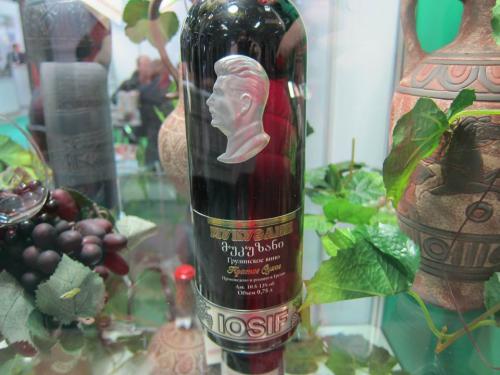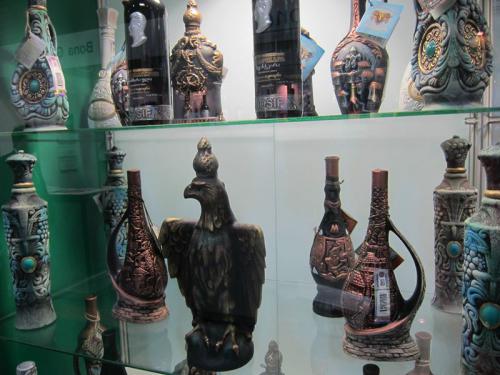
According to the modern marketing tendencies, a wine label is not only just a paper, containing technical information, but an instrument providing customers with both: technical figures and profound, basic messages.
There are a number of facilities, how special visual and sensory effects can make products on shelves attractive for customers. The harmonic mix of the following elements – a color of a label and its texture, a form of a bottle and a brand indicated on the product, as usual contains the significant information. Each component is a kind of message to a customer, who will be able to identify the consequent value upon these details.
Definitely, a concrete package of the product does not make same impressions on every customer. Consequently, it is important to categorize customers according to their needs and values. For example, it is a known fact that baby-boomers in the USA in due to their age characteristics (weak sight) give their preferences to labels with bold and dark letters.
As researches of the Chinese market show, wines with labels of visual images close to the label stylistics popular at the Chinese inner market - are at particular interest. Taking into consideration these circumstances, a number of European and American enterprisers have to produce the “Chinese versions” of their product – the new packaging specially for the Chinese market.
There are not any legislative norms in Georgia, regulating the informational content and making the product attribute oriented to consumers. This fact leads to misunderstanding, especially in Russia.
The Georgian wine faces crises of values at the Russian market. This is well shown through the image, represented to the Russian massive consumers. This is an alcoholic drink in an earthenware with some exotic accents, which is a gaudy eclectic mix of the old Tbilisi, the portray of Ioseb Stalin, the wild Caucasus, Imperial orders, the profile of Shota Rustaveli, the naked bosom of a woman and symbols from the film “Mimino”. This kitsch, factually, more looks like a souvenir, but in real, this is a classical example of falsification of the Georgian wine history and the idea, in general.

The Wine Club has referred to this problem for several times. The particular interest should be paid to Nukri Kurdadze’s profound and comprehensive analyzes from his article “Welcome to Sovok” that was published last year. This is an alarming tendency, which might devalue the Georgian wine reputation among the elite consumers.
The main segment of consumers eager to purchase the Georgian wine, are more interested in cheaper products. More possibly it is an inseparable part of the imperial admiration and the soviet nostalgia. Their feelings are fed by different myths and stereotypes. Definitely, this segment can’t be the strategic base for the Georgian wine at the Russian market, taking consideration the valuable perspective as well as technical aspects (purchasing abilities, age).
These problems evidently figured out at PRODEXPO this year, at an exhibition annually held in Moscow, which represents the Georgian wines after the embargo withdrawal. These issues were discussed by the Russian experts this year also, these are people - keen of popularizing the Georgian wine of good quality.
Labels created in different times show an interesting representation of the Georgian wine style explorations and its perfection. Most significant works of this spectrum were created in 2006-2012 years.
After imposing embargo by Russia, Georgia started to face inevitable challenges – one started to get free from “epaulets” and the “military crosses” and tried to search its individual, young, neutral, original style in order to find its own place at world markets. There is a hope that this searching will be completed successfully.
© Georgian Wine Club, National Wine Agency






